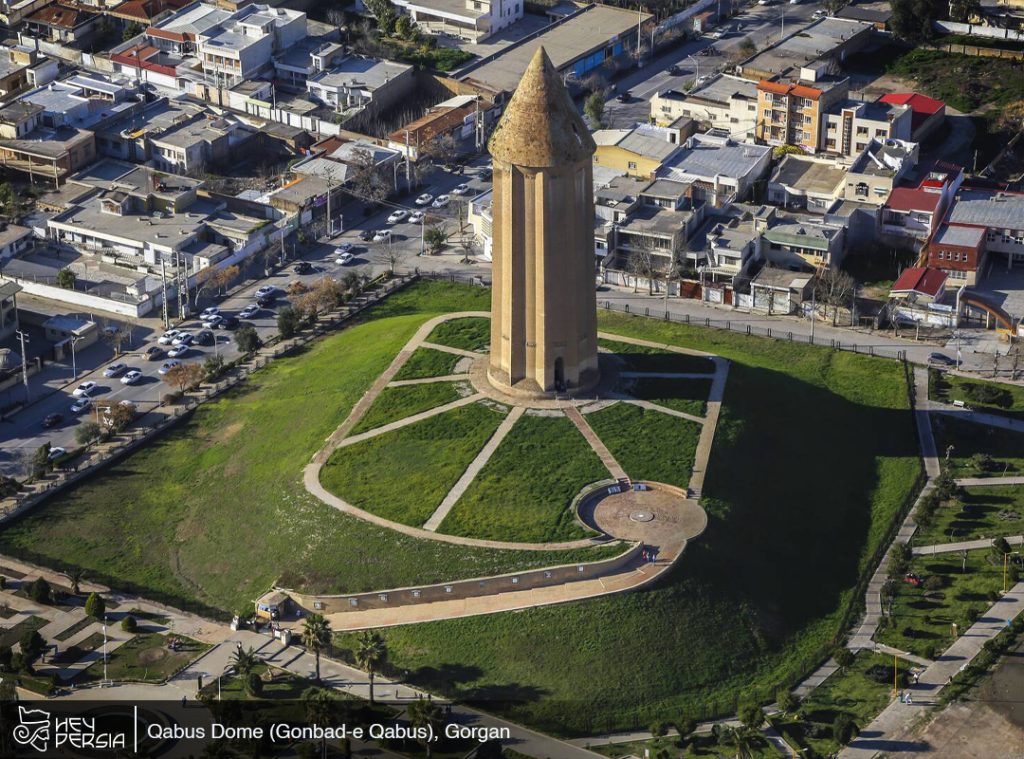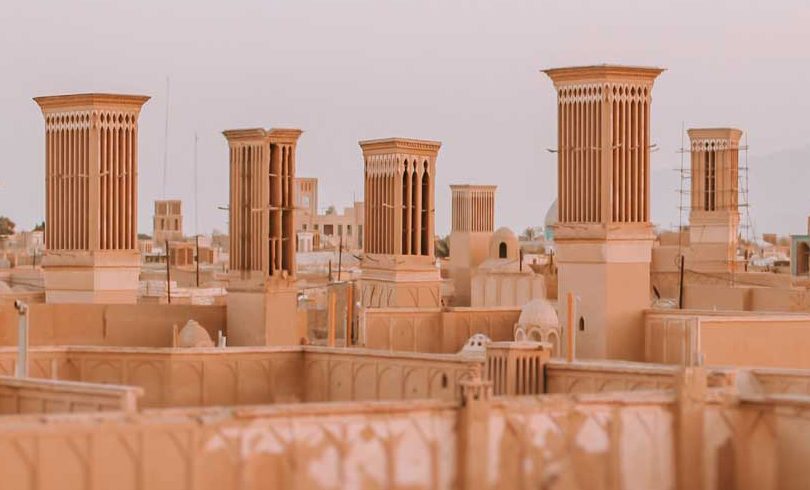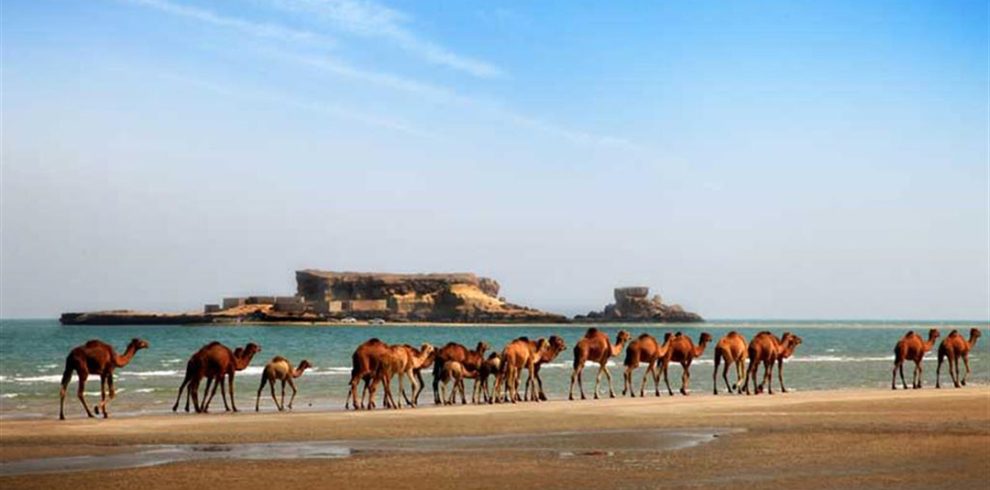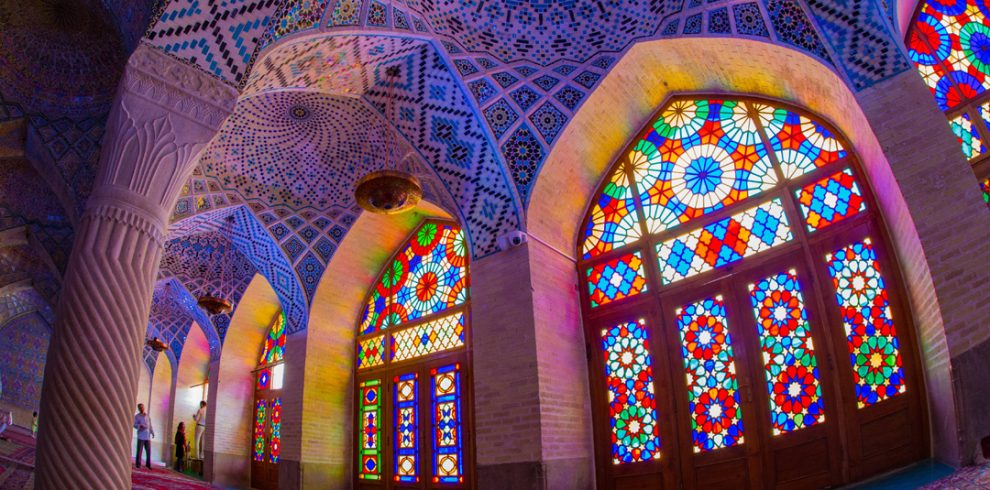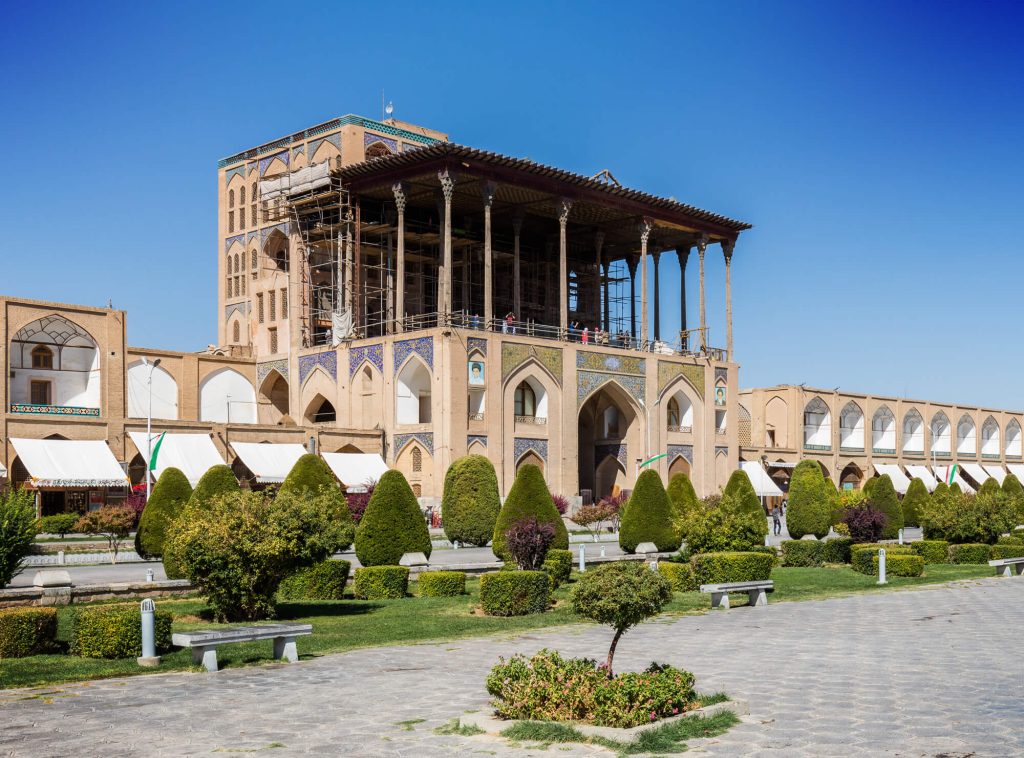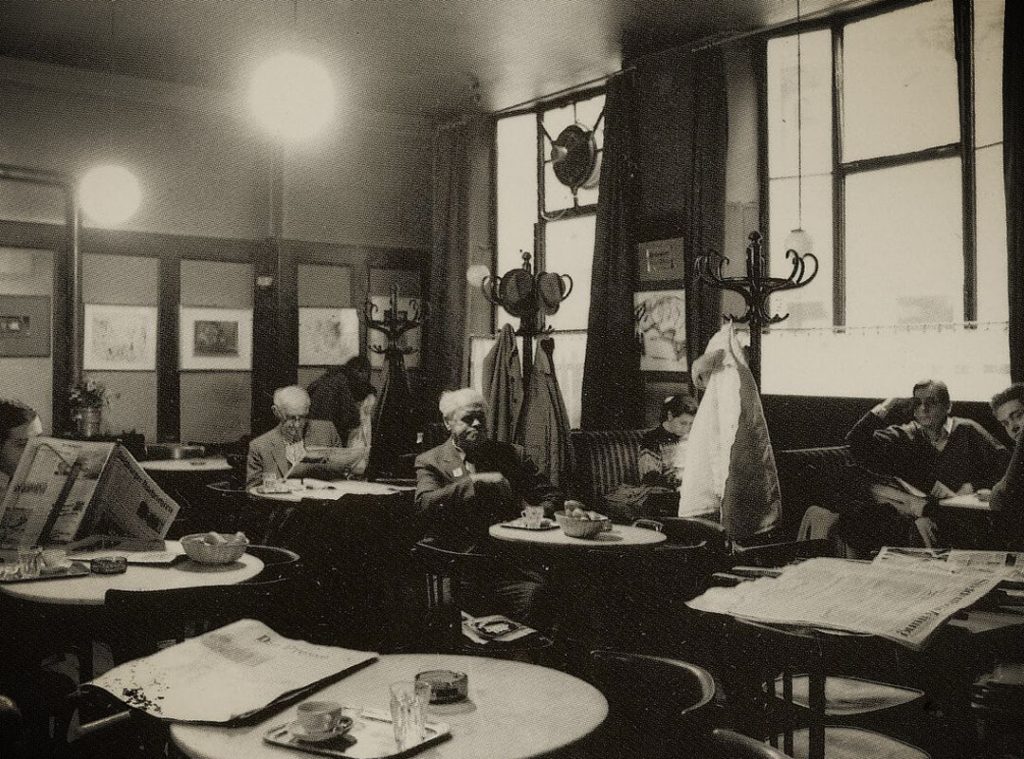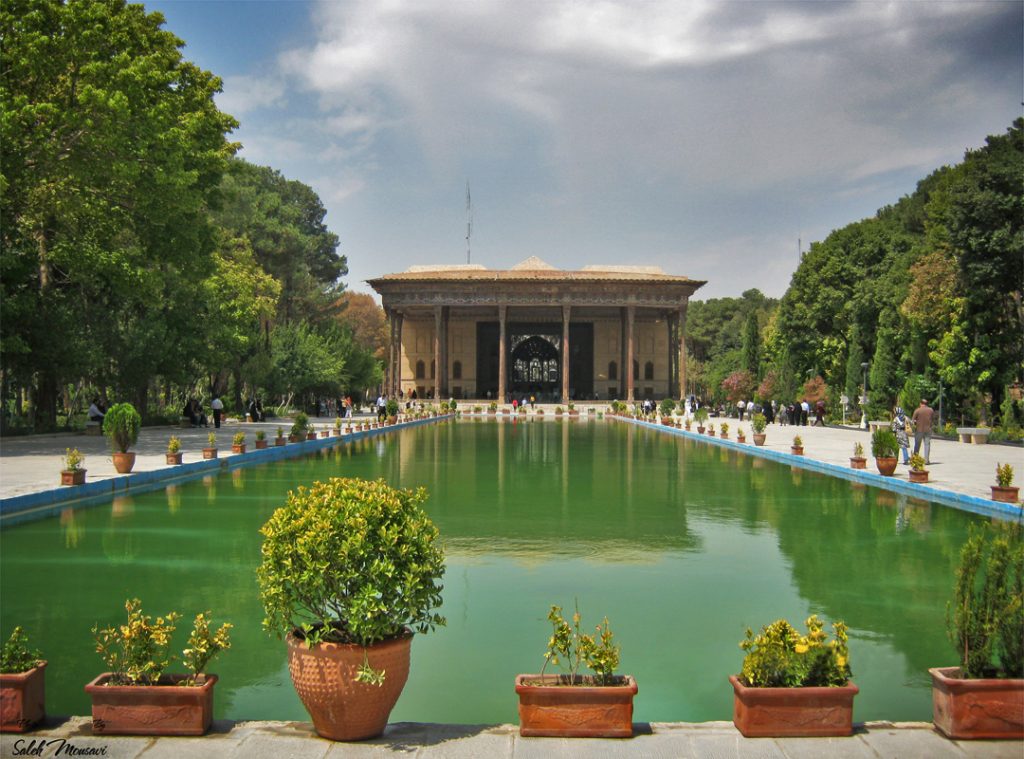The Qabus Dome in Gorgan, also known as Gonbad-e Qabus, stands as a testament to the architectural prowess and cultural significance of ancient Persia. This awe-inspiring mausoleum, is in the city of Gorgan in northern Iran. It is famous for its unique design, historical importance, and enduring legacy. In this comprehensive overview, we will delve into the history, architecture, cultural significance, and the enduring allure of the Qabus Dome. Stay with Hey Persia to learn more.
The Reign of Qabus ibn Wushmagir
The Qabus Dome owes its name to Qabus ibn Wushmagir, a remarkable ruler of the Ziyarid dynasty, who reigned over Gorgan in the 10th century. Qabus was not only famous for his intellectual pursuits but also for his contributions to the arts and architecture. He commissioned the construction of the dome as a mausoleum for himself. He was making it a symbol of his legacy and the grandeur of his reign.
Construction and Date of Qabus Dome in Gorgan
The construction of the Qabus Dome was to have begun around 1006 AD, shortly after Qabus ibn Wushmagir’s death. The precise date of its completion is a subject of scholarly debate, but it is to have finished within a few years of its commencement. This makes the dome over a millennium old, adding to its historical significance.
Architectural Features of Qabus Dome in Gorgan
One of the most striking features of the Qabus Dome is its distinctive form. It is a massive cylindrical structure with a conical roof, reaching a height of approximately 53 meters (174 feet). The exterior of the dome is constructed using unglazed baked bricks, a defining characteristic of ancient Persian architecture. The geometric precision and craftsmanship displayed in the brickwork are nothing short of remarkable.
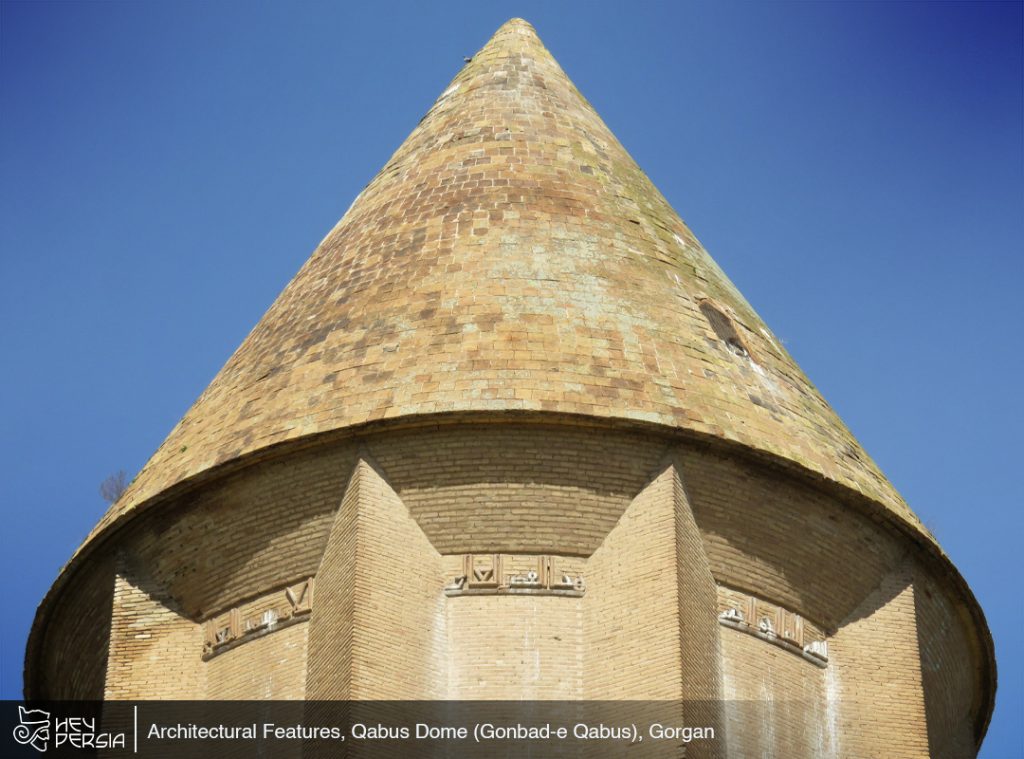
Interior design and Decorations
While the exterior of the Qabus Dome is impressive, the interiors are equally captivating. The mausoleum’s interior is adorned with intricate stucco decorations and inscriptions in Kufic script, which include verses from the Quran. The geometric and floral motifs found in the stucco work exhibit a high level of artistry and attention to detail.
Symbol of Ziyarid Dynasty
Beyond its architectural significance, the Qabus Dome is a symbol of the Ziyarid dynasty’s power and influence in northern Iran during the 10th and 11th centuries. It serves as a reminder of the rich cultural and historical heritage of the region and the contributions of rulers like Qabus ibn Wushmagir.
Preservation and Recognition
The Qabus Dome has recognized for its cultural and historical importance. It was as a UNESCO World Heritage Site in 2012, a testament to its enduring legacy and significance on a global scale. Additionally, ongoing efforts have been made to preserve and restore the dome, ensuring that future generations can continue to appreciate its architectural splendor.
Architectural Innovation
The Qabus Dome is a testament to the architectural innovation of its time. Its cylindrical shape and use of unglazed baked bricks represented a departure from traditional architectural norms, making it a pioneering structure in Persian architecture. This innovation has left a lasting impact on subsequent architectural developments in the region.
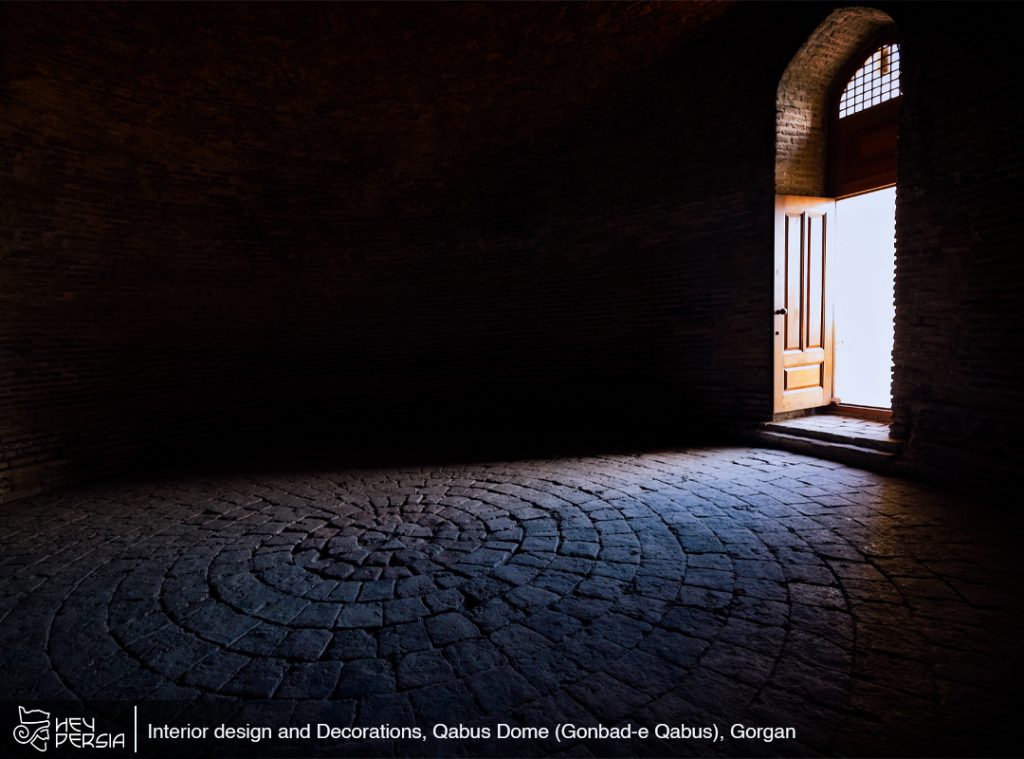
Qabus Dome in Gorgan, the Persian masterpiece
The Qabus Dome in Gorgan, also known as Gonbad-e Qabus, stands as a testament to the architectural ingenuity and cultural significance of ancient Persia. It has distinctive cylindrical shape, unglazed brickwork, and rich history dating back over a millennium. It continues to inspire awe and admiration among visitors and scholars alike. As a UNESCO World Heritage Site, it holds a cherished place in the world’s architectural and cultural heritage, serving as a remarkable link to a bygone era of Persian excellence.

